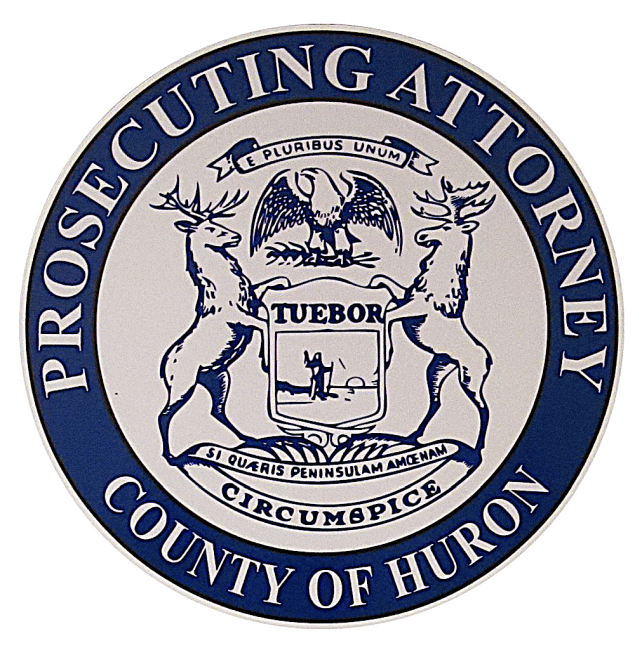
(This is part two of a two part article taken from NHTSA’s Cool Tips for a Safe Summer Trip.) In part one the discussion focused on your children and keeping them safe during those long summer trips. Part two focusses on sharing the road and remembering that we all have a responsibility to each other for safety.
On the Road
Long-distance driving can be tedious, and it’s tempting to look for something to distract you to make the time pass faster. But when you’re the driver, your only responsibility is to keep your eyes on the road, hands on the wheel, and concentration on the task of driving. No one’s lives–neither your passengers nor any other road users–are worth a phone call or text. And remember, law enforcement officers across the Nation are now using innovative strategies to aggressively enforce their State distracted driving laws.
Share the Road
Warmer weather attracts many types of roadway users, including motorcyclists, bicyclists, and pedestrians.
While they have the same rights, privileges and responsibilities as every motorist, these road users are more vulnerable because they do not have the protection of a car or truck.
Leave more distance between you and a motorcycle—3 or 4 seconds worth. Motorcycles are much lighter than other vehicles and can stop in much shorter distances.
Always signal your intentions before changing lanes or merging with traffic. This allows other road users to anticipate your movement and find a safe lane position.
Be mindful of pedestrians. Things to remember as a driver:
- You can encounter pedestrians anytime and anywhere.
- Distracted walking is becoming part of the distracted traffic epidemic. Keep your eyes open for distracted pedestrians.
- Pedestrians can be very hard to see – especially in bad weather or at night.
- Stop for pedestrians who are in a crosswalk, even if it’s not marked. This will help drivers in the other lanes see the pedestrian in time to stop.
- Cars stopped in the street may be stopped to allow pedestrians to cross. Do not pass if there is any doubt.
Bottom line, pedestrians have road rights as well.
NHTSA Summer Driving Tips 2015
- Do not assume that pedestrians can see you or that they will act predictably. They may be distracted, or physically or mentally impaired.
- When you are turning and waiting for a “gap” in traffic, watch for pedestrians who may have moved into your intended path.
- Be especially attentive around schools and in neighborhoods where children are active. Drive the way you want people to drive in front of your own home.
Avoid Bad Driving Behaviors
Distracted Driving.
The focus of any driver, at all times, should be driving. Distracted driving is anything that takes your attention away from driving. The most obvious forms of distraction are cell phone use, texting while driving, eating, drinking, talking with passengers, and using in-vehicle technologies and portable electronic devices.
Set down some safety rules with your co-drivers before you hit the road. These rules should include refraining from activities that take your eyes and attention off the road. Insist that your co-drivers agree to make every effort to move to a safe place off of the road before using a cell phone—even in an emergency.
Impaired Driving
Every 52 minutes (or 28 times a day), someone in the United States dies in an alcohol-impaired-driving crash. Alcohol and drugs can impair perception, judgment, motor skills, and memory – the skills critical for safe and responsible driving. Deaths caused by impaired driving are preventable, and too many lives are tragically cut short in traffic crashes involving drunk and drugged driving. Impaired driving not only puts the driver at risk – it threatens the lives of passengers and all others who share the road. Every year it causes the deaths of thousands of loved ones. Be responsible; don’t drink and drive. Illegal drugs, as well as prescription and over-the-counter medications, can be just as deadly on the road as alcohol. If you plan to drink, designate a sober driver before going out.
Emergency Roadside Kit
Even a well-maintained vehicle can break down, so it’s advisable to put together an emergency roadside kit to carry with you. A cell phone tops the list of suggested emergency kit contents since it allows you to call for help when and where you need it. Suggested emergency roadside kit contents:
- Cell phone and car charger
- First aid kit
- Flashlight
- Flares and a white flag
- Jumper cables
- Tire pressure gauge
- Jack (and ground mat) for changing a tire
- Work gloves and a change of clothes
- Basic repair tools and some duct tape (for temporarily repairing a hose leak!)
- Water and paper towels for cleaning up
- Nonperishable food, drinking water, and medicines
- Extra windshield washer fluid
- Maps
- Emergency blankets, towels and coats
Summer time is a time for family fun and trips to explore this country. Take the time to plan beforehand and stay focused on the driving so it stays a fun time with joyful memories.






